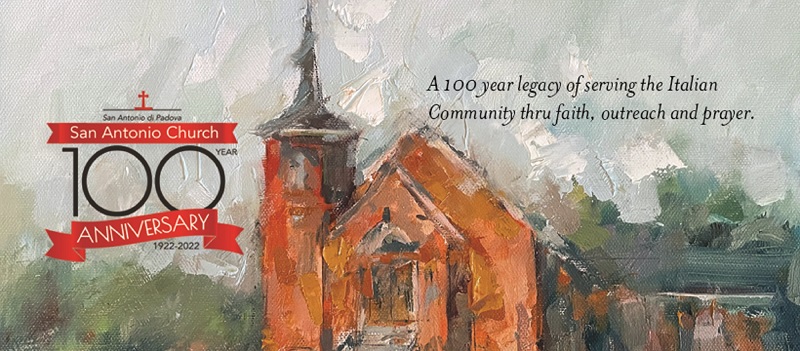We would like to thank everyone who has continued to contribute to the ongoing expenses of San Antonio Church by mailing in their weekly envelopes or by contributing electronically utilizing WeShare . The buttons at the bottom of this post allow you to make online donations directly to the listed account for San Antonio Church.
Weekly Bulletin April 2, 2023
by Terrie Evans
On this 5th Sunday of Lent, we observe Palm Sunday to commemorate the entrance of Christ into Jerusalem. According to the Gospels, Jesus Christ rode on a donkey, considered an animal of peace into Jerusalem with throngs of those celebrating faithful laying down their cloaks and small branches of trees in front of him. In ancient times, it was customary to cover in some way the path of an individual who is considered of the highest honor. This Sunday marks the beginning of Holy Week and the final week if Lent as Palm Sunday combines the Jerusalem custom of blessing palms and the Roman custom of proclaiming the Passion. Palm branches, symbolizing goodness and victory were placed in his path before His arrest on Holy Thursday and His Crucifixion on Good Friday.
In Christian denominations, palm branches are blessed with Holy Water and carried into churches for worshipers to receive the fresh palm leaves on Palm Sunday and in the Catholic Church, these blessed palms are seen as sacramentals. Also referred to as Passion Sunday with scarlet red vestments worn and displayed on the altar to indicate the sacrifice Christ would endure as he entered the city to fulfill his Passion and Resurrection in Jerusalem. Before the revision of the liturgical calendar at Vatican II, these last two weeks of the Lenten Season were once called Passiontide. This 5th Sunday of Lent is also referred to as Judica Sunday from the entrance antiphon of the Mass. In Germany during Lent, the custom is to veil crucifixes and statues with violet cloths but, on this 5th Sunday of Lent, Palm Sunday referred to as Black Sunday all veiled coverings will be changed to black for Holy Week.
On Palm Sunday, the tradition is for Christians to take these blessed palms into their homes to hang them next to pictures of their patron saints, or other Christian art. Many families will make crosses to decorate their homes or place some palms above their doorways while others will visit their loved ones graves on Palm Sunday. These palms will be saved until the beginning of Lent and will be burned on Shrove Tuesday the following year for distributions of ashes used on Ash Wednesday, the first day of Lent.
In many parts of Europe there are old practices that are still held in towns and villages on Palm Sunday. In Belgium, a procession of townspeople will take place with residents dressed as the Twelve Apostles. They will carry a wooden statue of Christ as the children go door to door to offer palms in exchange for a donation to the church. In England, during ancient times, a straw effigy (Judas) as a way to show revenge on Judas Iscariot would later be burned on Palm Sunday for his betrayal of Christ. In Northern England, and some parts of Scotland, a traditional dinner will be served with carlin (field) peas (mushy pea) brough to England during the siege of 1327 that are boiled then fried. In Ireland, Domhnach an Iuir or Yew Sunday as yew, silver fir, spruce or cypress will be used as real palm leaves are not available due to the cold climate. In 1940, St. Patrick’s Day and Palm Sunday fell on the same day. This coincidence “when the shamrock and the palm are worn together” will not occur again until the year 2391.
In Italy, palm branches along with olive branches will be placed above the doorway until the year. In Malta Hadd il-Palm is celebrated with the blessing of palm and olive leaves as they adorn their statues while reciting “Jesus prays in the Olive Garden” (Gesu fl Ort) and the “Betrayal of Judas” (Bewsa ta Guda). In the towns and villages throughout Poland, competitions are held for the biggest artificial highest palm, the highest was 33.39 meters 110 feet in the year 2008.
